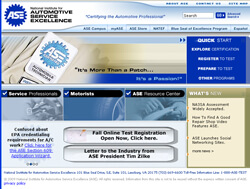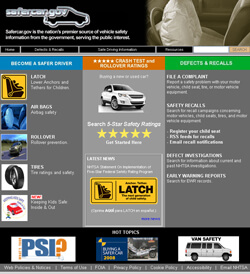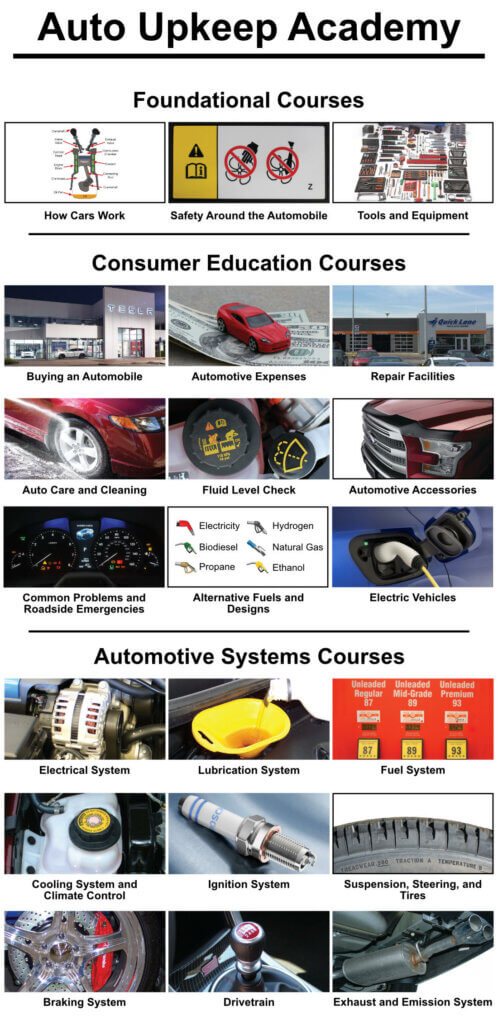In today’s economy when a dollar needs to be stretched to two, the decision to fix your current car or to buy a new one may seem like a monumental task. Back in the 1970s if you were lucky enough to get 100,000 miles on your car you knew you were due for a new one or a major overhaul. But today, accumulating 200,000 miles or more is realistic – especially if you have followed scheduled service intervals. The essential question is “How do you decide if it is time to fix your car or to put your car to rest?”
The first thing you should do if you are having car problems is check your warranty. Your repair may be covered! Some vehicles have 3 year / 36,000 mile bumper to bumper warranties, while others have 10 year / 100,000 mile powertrain (engine and transmission) warranties. Vehicles have many different types of factory warranties: powertrain, bumper-to-bumper, corrosion perforation (rust), emission, and safety restraint. Read your warranty and determine what is covered. Did you purchase an extended warranty when you bought the car? If you did, read that thoroughly. Did you know that emission related issues (catalytic converter, engine control module) may have an 8 year / 80,000 mile warranty?


What do you think? What would cause you to fix or not to fix your car?




